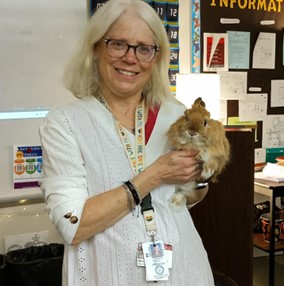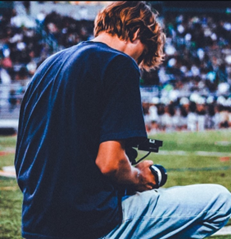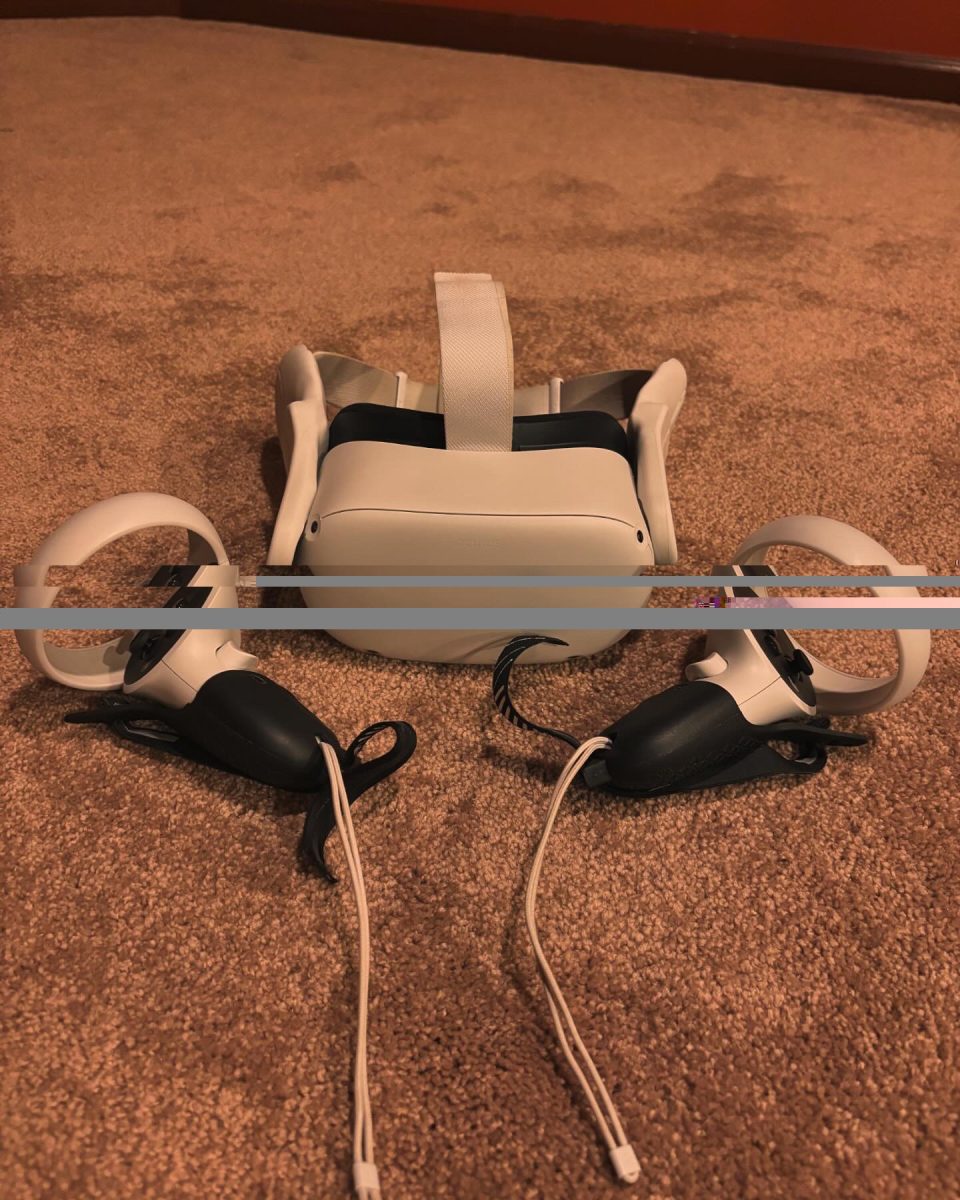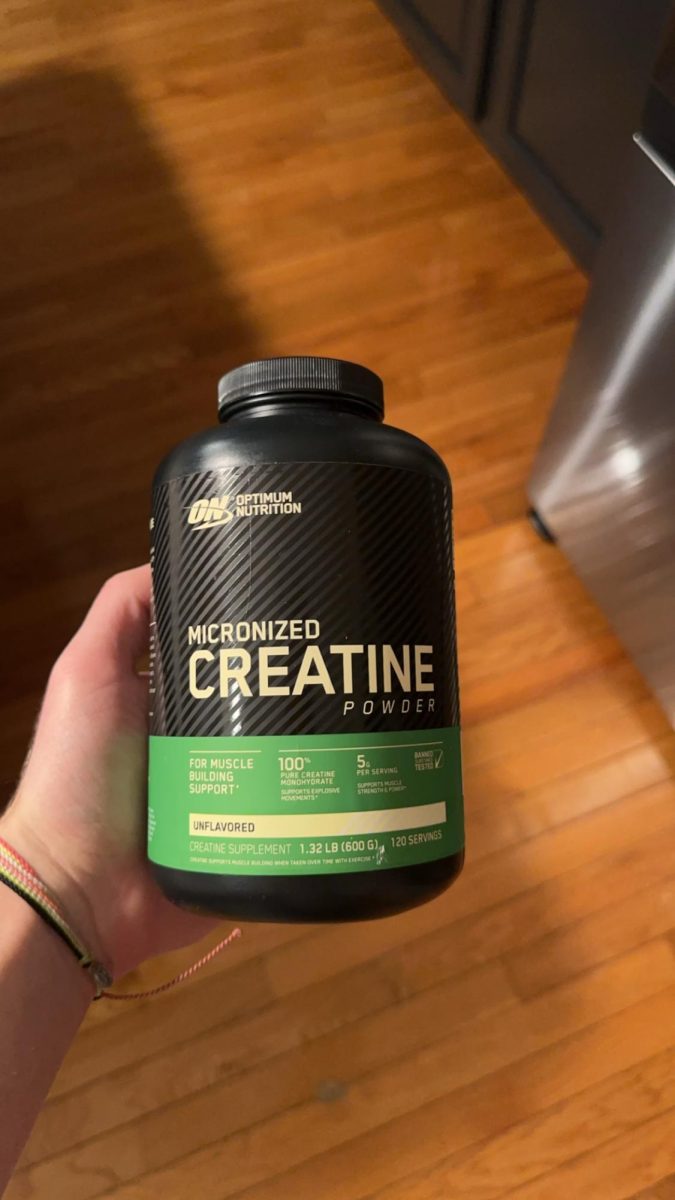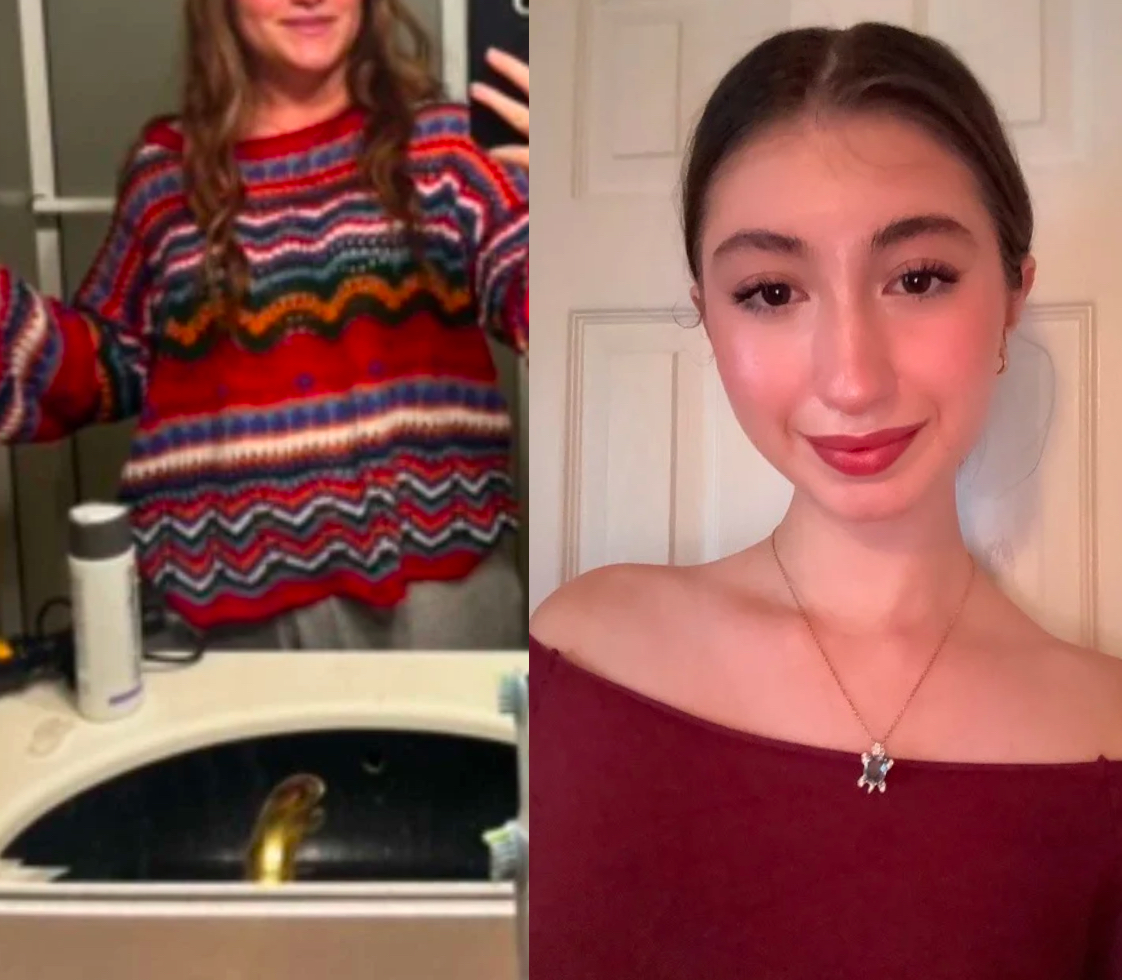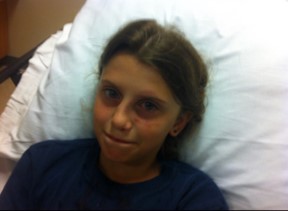
My skin was damp and hot, causing the already drenched, dri-fit jersey I had on to stick to my back. Batting was always my least favorite part of baseball, but I was determined to get on base. I sized up the pitcher, sliding my foot in the batter’s box as I set myself up in my batting stance. I watched as my opponent wound up, lifting his knee and pulling back his arm. The ball left his hand quickly, and the next thing I knew, I was bleeding over home plate.
Growing up, I was one of very few girls who played baseball. On a team with all boys, I always was looking for a way to prove myself to them. I wanted to show them that I was more than just the coach’s daughter and could easily keep up with the best of them. That meant getting hit in the face while batting was one of the most embarrassing things that could have happened to me. It was an impressive show of a lack of self-preservation when I broke my nose. While I may have been only eight years old, the pitcher, being the same age, should have thrown the ball slow enough for me to have time to duck out of the way. Instead, I practically leaned into the pitch, with the ball coming in sideways and cracking my nose to the right. The laces of the baseball even left brush burns above and below my left eye. After losing nearly a cup of blood and staining home plate, I was taken to the hospital in an ambulance, where I was told I would be out for the rest of the season.
After asking the coach, Richard Rindone, what it was like as a spectator to the incident, he said, “It was funny. When you first got hit, I was unconcerned. You seemed fine, not even flinching from the contact. It wasn’t until I saw the blood that I realized it may have been more than your typical bump or bruise.” Though Rindone was the coach, he was also my father and accompanied me to the hospital. After a long time in the waiting room, taking x-rays, and even more time waiting in my inpatient room, the doctor determined that I would need to be put under anesthesia to reset my nose using manual alignment. This was not the typical procedure for a relatively minor broken nose. In fact, when interviewing Chris Biondi, who had also broken his nose around the same age, he revealed, “I didn’t even go to the ER. It wasn’t until three days later that I bothered to see a doctor, and all they said to me was that I should ice it to reduce swelling and let it heal on its own.”
The reason that I needed to be under anesthesia was that I was so young and my nose was crooked. In Biondi’s case, he got hit straight on; therefore, the doctor didn’t need to reset it. My nose resembling a zig-zag plus the fact that my skull hadn’t finished growing required complete stillness to set my nose correctly. For obvious reasons, they did not trust an eight-year-old to stay still in this situation, which is what led my father to schedule a date for the procedure a week after my visit.
While getting my nose reset and healing was a straightforward process, the thought of batting again haunted me. Even as young as I was, I knew I didn’t want to be a quitter, but I had to wait until the following season to prove to myself that I could still play. When the day of my first game finally came, I was more nervous than I ever remember being to go up to bat. In the end, I struck out, but I did so swinging, which solidified my confidence that I could continue to play baseball.
Sources:
https://my.clevelandclinic.org/health/diseases/17772-broken-nose

